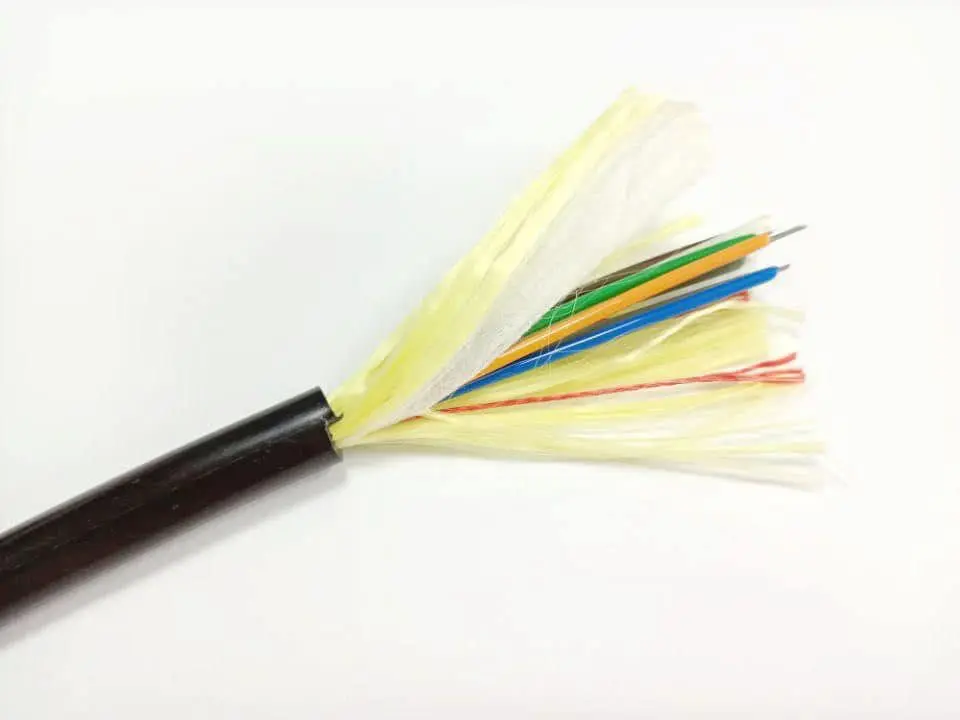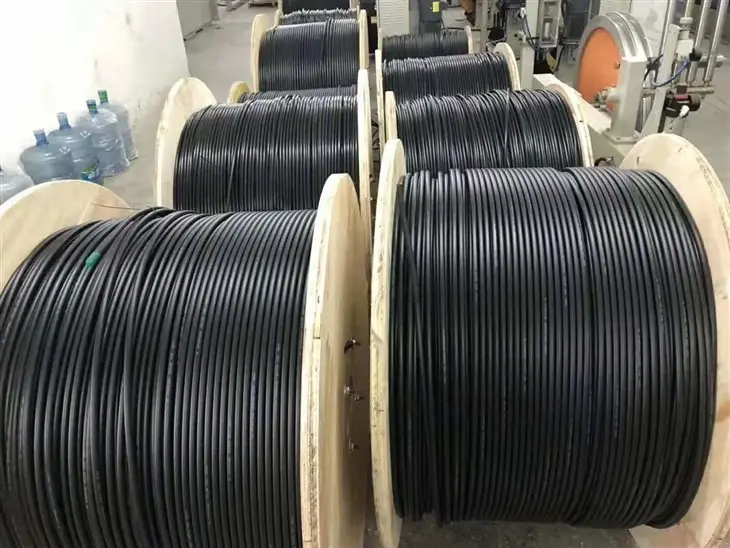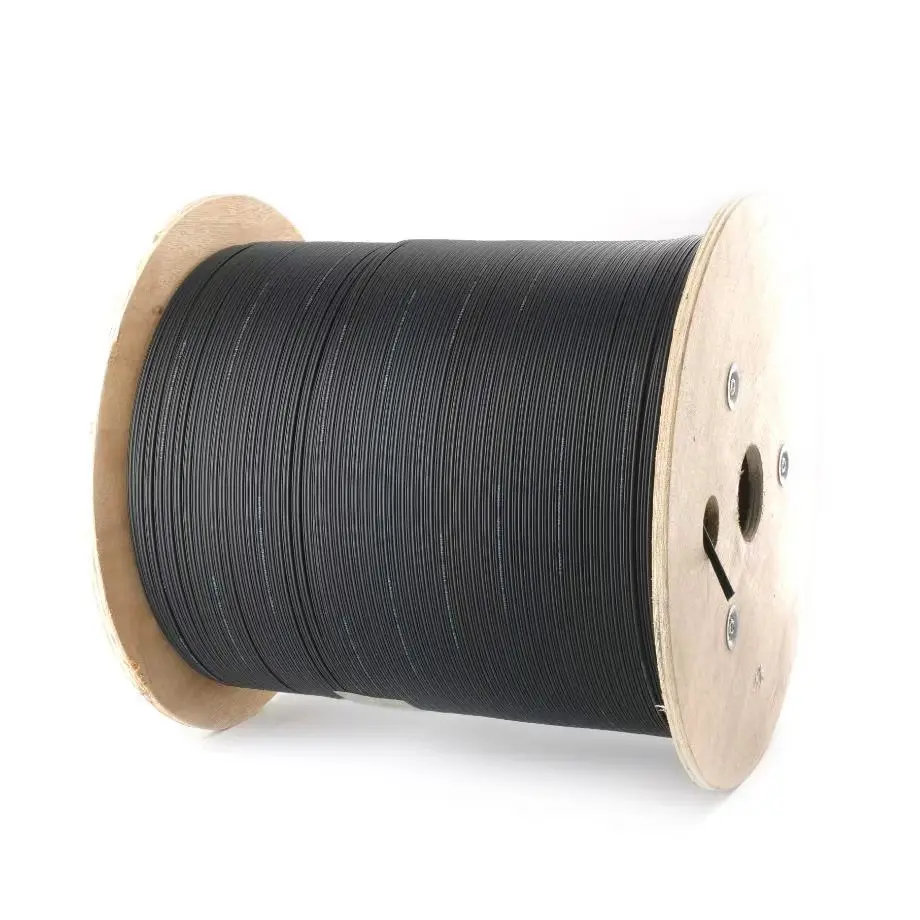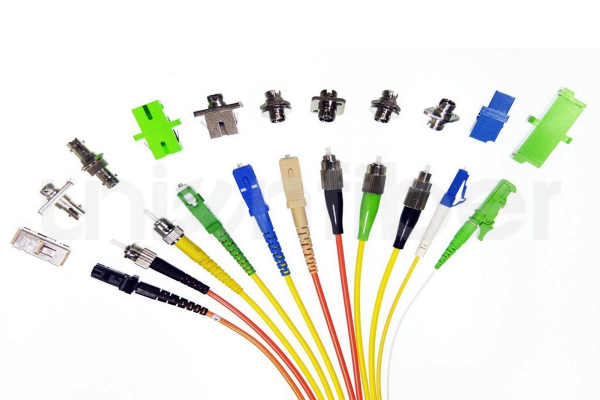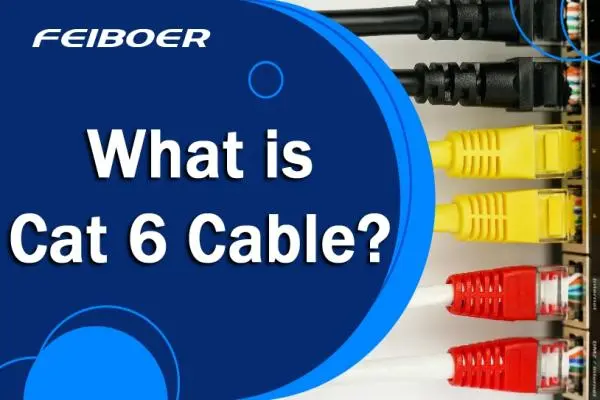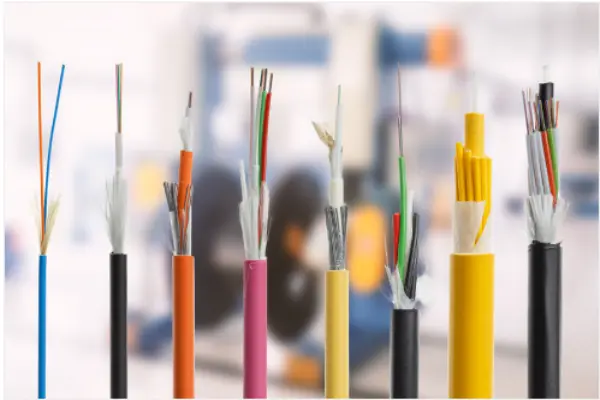What is the difference between leather, pigtail and jumper?
In the world of Fiber Optic communications, jumpers, pigtails and leather wires are three indispensable connection components, each of which performs a specific function. Let's take a closer look at the differences:
First, jumpers, like Bridges in fiber optic communications, are equipped with connectors at both ends and are wrapped in a thick protective layer. It plays a key role in Optical Fiber communication systems, whether it is connecting optical terminals and terminal boxes, or in the construction of optical access networks, optical fiber data transmission and local area networks, it can be seen. It is designed to provide stable and reliable signal transmission, ensuring the accurate transmission of data.
Pigtails, also known as pigtails, are characterized by the fact that only one end is equipped with a connector, and the other end is the end of the optical fiber, usually a cut fiber core. Inside the fiber optic terminal box, the pigtail plays a crucial role in docking the fiber optic signal with the fiber optic transceiver, a process that may also require the assistance of couplers. The flexibility of pigtail makes it a flexible connection in the construction and maintenance of Optical Cable networks.
Interestingly, when we think of the jumper as a complete fiber cut in the middle, the remaining ends form two pigtails that are independent but share the same fiber characteristics.
Finally, leather jumper is in the application of leather cable, which is usually single, two or four core structure, in a unique figure of eight, fiber and reinforcement designed to provide better mechanical protection. The saucer-shaped leadin cable used in the access network has the fiber in a central position and is flanked by reinforcing pieces wrapped in a sheath of low-smoke halogen-free material designed for indoor wiring, ensuring safety and durability.
In general, although jumpers, pigtails, and leather jumpers look similar, they each provide different connection characteristics for different application scenarios. Understanding these basic concepts is critical to the installation, maintenance, and optimization of fiber optic networks.


